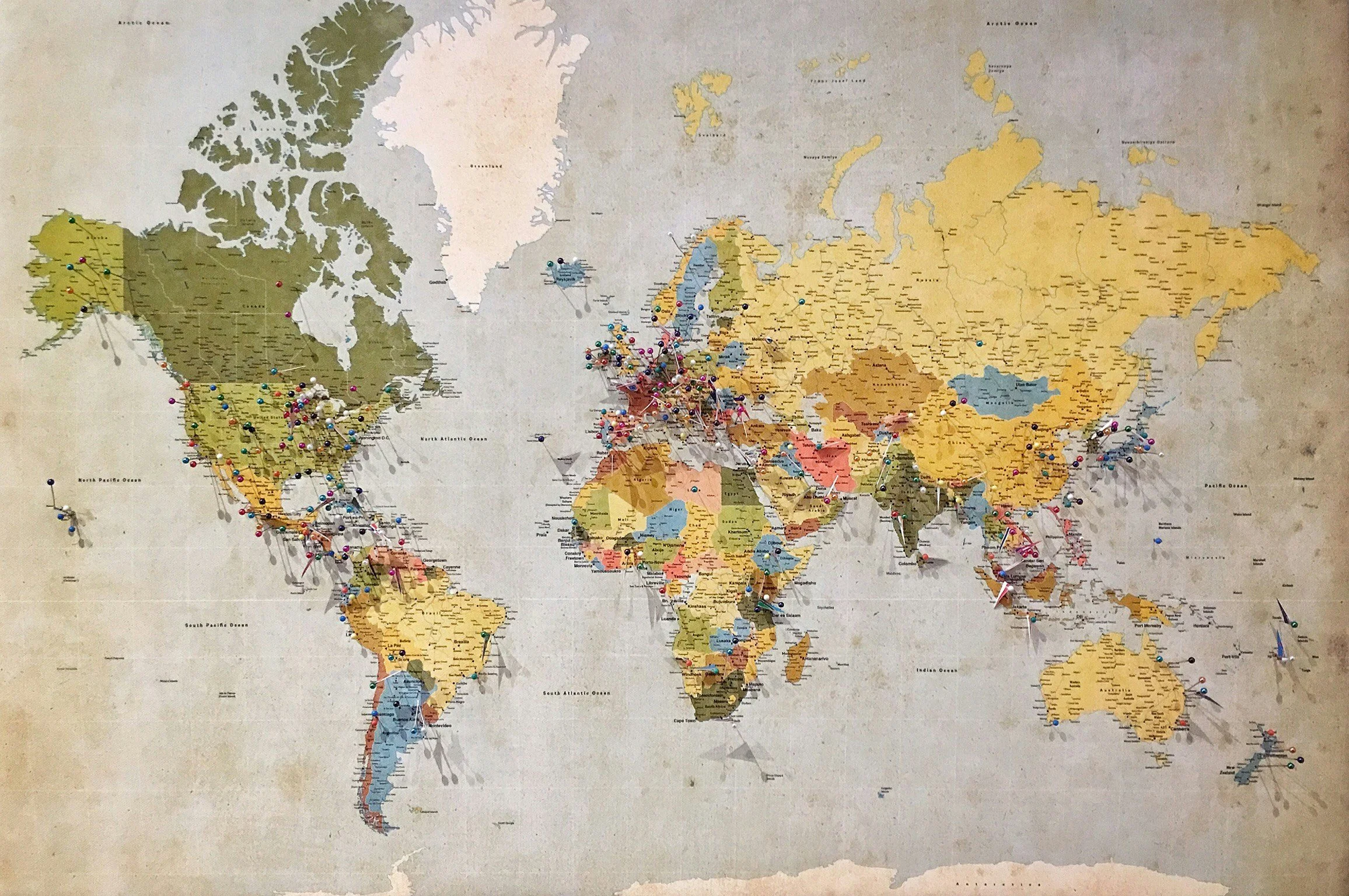Understanding the Decline of Chinese F‑1 Visas: Insights for U.S. Higher Education
Target Audience
University administrators, international recruitment officers, education researchers, and policy analysts tracking trends in global student mobility.
Summary Points
A noticeable decline in F‑1 visas issued to Chinese students is underway, reflecting deeper global shifts.
The first half of FY 2025 saw 15% fewer F‑1 visas issued globally, with China and India accounting for 60% of that decline.
China’s share of U.S. international enrollment fell from ~372,532 in 2019–20 to around 277,398 in 2023–24.
These changes stem from multiple factors: visa processing slowdowns, stricter policy scrutiny, geopolitical concerns, and shifting family priorities.
The drop is structural—not a temporary blip—and signals a more competitive, uncertain environment for U.S. colleges.
The Data Show a Clear Decline
In the October 2024–March 2025 window, U.S. F‑1 student visas dropped by roughly 15% globally, totaling approximately 89,000—one of the lowest biannual figures in recent years (The Economic Times, distributedprogress.substack.com, Wikipedia, The Financial Express).
During this same period, Indian citizens saw a sharp 44% decrease, while Chinese visas fell by about 24%—with China and India together accounting for approximately 60% of the total decline (The Financial Express, The PIE News, Inside Higher Ed).
Despite the decline, China remains the second-largest source of international students in the U.S. After peaking at around 372,532 in 2019–20, Chinese enrollment dropped to approximately 277,398 in the 2023–24 academic year—a 4% year-over-year decrease, but still constituting roughly 25% of total international enrollment (IIE).
Notably, India overtook China in 2023–24, sending 331,602 students—a 23% increase—and further reshaping the source landscape (IIE).
Crossing the Threshold: From Trend to Structural Shift
The early‑2025 visa dip is not simply a seasonal fluctuation—it follows a layered trajectory:
With populous source nations cut by nearly a quarter, the decline goes beyond short-term shocks—it speaks to deeper trust and competition dynamics (The Financial Express, The Times of India).
What’s Driving Families Away?
Visa Delays and Policy Uncertainty
In May and June 2025, U.S. consulates abruptly paused visa interviews and introduced enhanced security screenings, including social-media reviews—a move that intensified parental anxiety (Inside Higher Ed).
Geopolitical and Media Influence
Announcements about targeting Chinese students—such as proposed revocation of visas over alleged political ties—have escalated concern. One expert termed these moves “short‑sighted,” warning they risk damaging long-standing educational and economic ties (Barron's).
Family Priorities Shifting
Chinese parents increasingly weigh safety, return-on-investment, and cultural fit. With new vulnerabilities attached to U.S. pathways—visa access, societal safety, job searches—the calculus is evolving.
Destinations Gaining Ground
Countries like the UK, Canada, and Australia are benefiting from being perceived as more stable alternatives:
In 2025, the UK overtook the U.S. as the top destination for Chinese students (IIE, Wikipedia).
Canada and Australia maintained more consistent visa processing and messaging, making them more appealing amid uncertainty.
A Broader Implication: Competition, Confidence, Consequence
Combined, tighter visa rules, perception issues, and alternative hubs are realigning global student flows. The result? U.S. colleges now face a more volatile, competitive enrollment environment—where relationships and narrative matter as much as academic ranking.
Final Reflection
This trend isn’t a passing storm—it marks a structural tipping point. U.S. colleges must consider:
“If China + India continue to account for the bulk of F‑1 visa declines, how will that change our global strategy—and what does that mean for our long-term planning?”
Understanding these shifts provides clarity—not answers. The next step is institutional introspection: lean in, adapt, or watch the market reshape itself.



